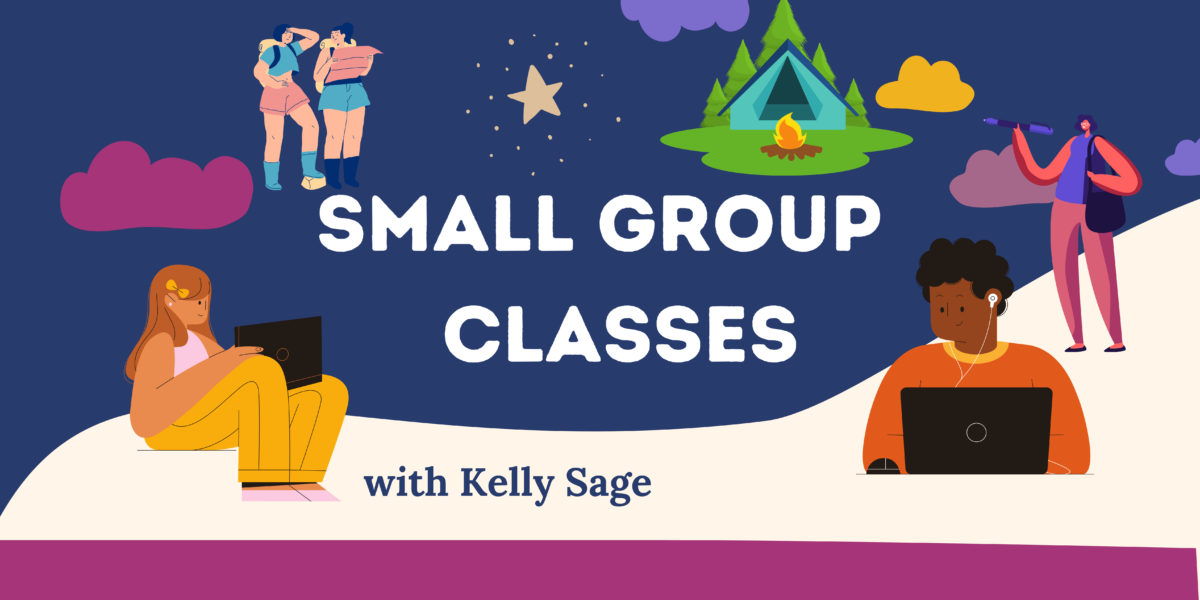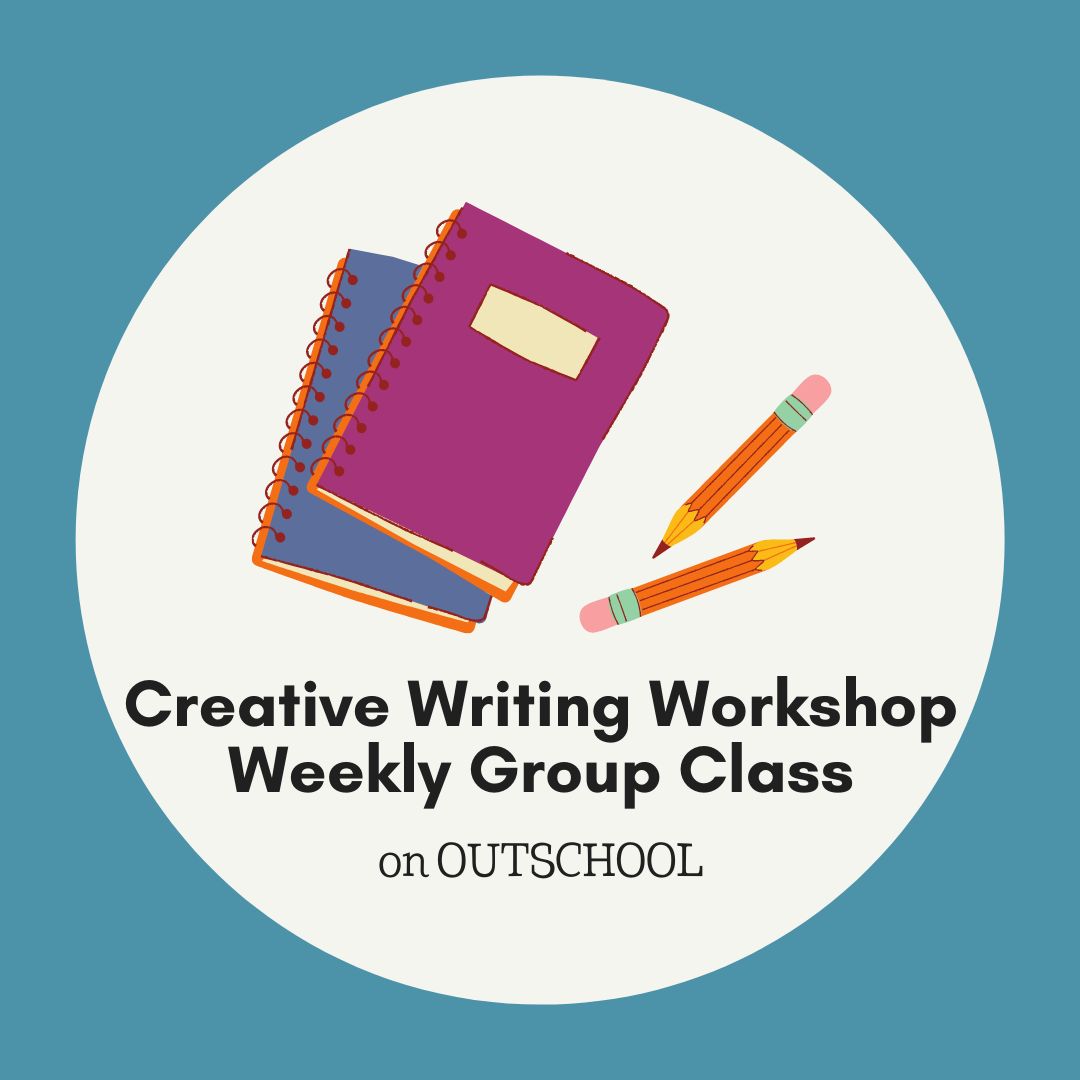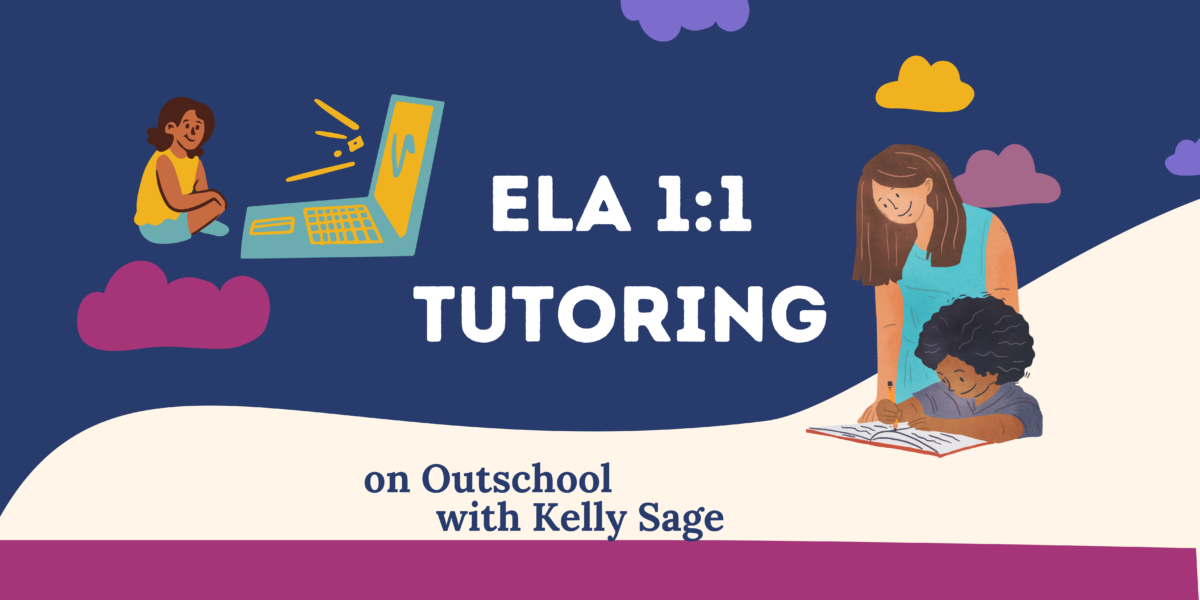The first time we took our oldest camping he’d just turned three. We traveled and camped our way from Bloomington, Indiana to Rapid City, South Dakota. He was potty training, I was newly pregnant, and when I think about how many times we stopped to use (or try to use) the bathroom, it’s pretty remarkable we drove any distance at all. Thankfully, I had a travel potty in our car and tent. We both used it. Camping with kids is all kinds of an adventure.
Disclosure- Links in this post may be affiliate links. If you click through and make a purchase, I earn a commission at no additional cost to you. Unless noted, if I am reviewing a product, I have been compensated for my time. I write honest reviews. They are not required to be positive. I only recommend the resources we love and use.

That trip, our first real family vacation, is filled with so many wonderful memories. It was our son’s first time sleeping in a tent, we stayed up late listening for owls, made smores and campfire pizzas, and he wore his dino digger outfit daily, just in case we happened upon some fossils.
In the last nine years, we’ve camped at festivals and in backyards. We’ve repeated our trip from Bloomington to Rapid City, this time with a sister and no one potty training or pregnant. We’ve camped in rain, sun, and snow. We’ve torn down tents because raccoons attacked and headed home in the early hours because little ones were too cold, and we’ve stayed out a few extra days because we didn’t want our camping time to end. Camping, especially family camping, is an experience for sure, and despite the challenges that arise, oh and they do, we choose tent camping again and again.
If your family likes the outdoors, check out my guide below. With the right gear and a little planning, camping with kids is one of the best ways to spend time together and travel.
A Quick Guide to Tent Camping with Kids
Everything You’ll Need to Create a Camping Adventure.
Want a printable version with ready-made checklists- A Quick Guide to Tent Camping with Kids is in my store.
It doesn’t matter if you’re an experienced camper or this is your first time sleeping in a tent, tent camping with kids asks us to camp a little differently than we might if are camping with adults. I’m sure there are families out there who throw water, instant soup, a lighter, and sleeping bag in a pack, hit the woods, and have a good time, but I’ve never met them.
Camping with kids doesn’t have to be complicated though. We don’t need an RV or to pack up our entire house, because camping, in my opinion, is an adventure in minimalism. But, just like all successful minimalist know, the things we choose matter.
The food, games, and clothes we have on hand will help our kids enjoy themselves, which means we can, therefore, enjoy ourselves too.
Pack Realistic Expectations
Let’s begin with the most important thing we must pack when camping with children. More important than anything else we bring (except water- aways bring water) we must pack realistic expectations.
Camping is bugs and sometimes intense weather. Everything is damp and smells like campfire smoke. No one sleeps as well as they do in their beds, and someone’s kid will wake up the entire campground crying, screaming, or just being loud. It could be yours. Mine both have.
Before you put a tent stake in the ground, know things will happen. Camping is unpredictable. It’s okay!
Also know, campfire coffee is amazing! Early morning hikes, disconnecting, reconnecting, sitting around the fire late at night, a kid asleep on your lap while you listen to stories or guitar music, or just be still is the BEST too!
Camping invites play, curiosity, and discovery.
It won’t all go perfectly. Bring acceptance that challenges are part of the adventure.

What to Bring ~
Tip #1- If you’ve never been camping, borrow big dollar items before you buy and bring what you already own.
Gear: We always bring-
1. A tent
While you might think you need a tent condo, smaller tents will actually keep you warmer. We are much happier in a four-person than an eight-person tent. We find the best deals at REI.
2. Sleeping bags & sleeping mats
Invest in good ones that can grow with your children and that go down low degrees. Even in summer, it can get cold at night. Some sleeping bags can zip together if you want to be extra cozy.
We have used air mattresses in the past and they have always been more trouble than they are worth. A good sleeping mat or pad is what we prefer. Again, if you’re in the market for something new (or used) REI is the place to look.
3. Sleeping comforts
Pillows, blankets, and favorite stuffed animals that can be washed.
4. Light
Flashlights and/or headlamps for hikes and inside the tent.
Candles and/or oil lamps (and oil) for outside.
Matches (the big box)
5. Food & Cooking Supplies (see my favorites below)
6. Water
Fill up reusable water bottles (these are our favorite) and jugs before you leave home and refill them anytime there’s clean water nearby.
7. Tools
Leatherman or a similar gadget with tools and scissors
A small hatchet can be helpful for cutting wood
TIP #2- Many campgrounds have a spigot for potable water. This is not drinking water but works great to wash dishes or rinse off dirty shoes.
Clothing
Packing clothes is tricky. We once camped in June and it snowed. Almost every time we camp it rains at some point. Nights are significantly colder than days, and of course, the weather depends greatly on where you’re camping. By water, it might be colder or more buggy. In the mountains, you might get snow in June.
Always bring seasonally appropriate clothing, layers, and extras. I make sure we each have a sweater or fleece, extra socks, pajamas, extra underwear, and a raincoat.
Think practical, not stylish. Be okay with your kids (and you) wearing the same couple of outfits over and over again.
Summer– Hats, sunglasses, bathing suits, creek shoes, sandals, long pants, shorts, shirts.
Fall– long johns, hats, gloves, wool socks, winter coats, pants, and long sleeve shirts.
Winter– snowsuits, long johns, hats, gloves, wool socks, winter coats
Spring– a little of everything
Toiletries
You do you, but I personally do not worry about bringing makeup, a razor, or a mirror.
- Bug spray and sunscreen.
- Washcloths and towels.
- Toothbrushes, toothpaste, hairbrush, and soap that cleans everything.
- Tweezers for ticks
- First Aid Kit
- Medicines and other personal necessities
- Toilet paper
- Wet wipes
Extras and Fun Stuff
Depending on where you are going, you might also want to pack-
- Nature Journals and colored pencils
- Nature guides- these can often be found for free or a few dollars at the nature center or camp office.
- Camera
- Frisbee, Ball
- Hammock
- Bikes/scooters and helmets
- Lifevests
- Playing Cards
- A few books
Tip #3- Most campgrounds do not allow you to bring your own firewood. Plan to buy it there.
Where to Stay
While my husband and I enjoyed walking into the wilderness and camping off trail before we had kids, we prefer a few amenities when we camp with our children. Indoor restrooms, for instance, are a must. If we stay at a campground for one night, other amenities are bonuses, but not necessary. When we stay at the same campground for several nights, we look for places with electric hookups, pools, and playgrounds.
When I am planning a camping trip, I first look for National and State Park campgrounds. Typically clean and affordable, we’ve found they have nice tent sites, are safe, and quiet.
None nearby, I’ll search KOA’s website. A little more expensive, but KOAs tend to have a lot of amenities. Many also have the option of staying in a cabin. A couple of times we experienced bad storms and were thankful we could upgrade.
Camping can also happen in backyards. Maybe yours! You don’t have to travel far to go camping.
TIP #4- If the weather is bad or raccoons rip your tent apart (Watched this happen- DON’T keep food in your tent), find a hotel. There is NO shame in trying again another time.
What to Eat
How much relaxing do you want to do? Do you like to cook? Are you on a tight budget? Picky eaters?
The answers to the questions above matter. Bring a complex meal that needs a lot of prep and you might start to hate camping.
After years of campsite cooking and an unfortunate experience with spoiled chicken in the cooler that stunk up our car for days, I believe in EASY and that easy can still be affordable.
Cooking Gear
Go with reusable and minimal. Again, I keep everything we don’t use on a regular basis in a large plastic tote with a lid. Before we go, I take a quick inventory and add anything extra we might need.
- Cooler- we recently purchased a cooler that plugs in for longer trips.
- One cup, plate, bowl, spoon, fork, and knife (or our favorite, a spork, for each person
- Paper towels- I once brought cloth napkins and regretted it.
- A cast-iron skillet
- Metal skewers for hotdogs and marshmallows. If you’ll be in the woods, sticks work too.
- Metal tongs
- Cast iron tea/coffee pot
- Cutting board and a good knife
- Sauce Pan
- Serving Spoon
- Can opener
- Bottle opener
- Plastic tablecloth
- Small propane stove- we have a one-burner and two-burner and often bring both.
- Extra Propane
- Crockpot- I recently added this to our camping supply list and LOVE having it.
- French press for coffee
- Sponge and a small bottle of dishwashing soap
- Trash bags
Food To Bring
Here are some of the foods our family always packs.
- Nut butter
- Apples or oranges- a hardy fruit that can stand up in coolers and backpacks
- Carrots and easy to eat (pre-cut) veggies
- Bread
- Milk singles that don’t have to be refrigerated.
- Granola bars
- Dried fruit
- Dried Meat
- Instant Oatmeal
- Pancake mix
- Maple syrup
- Stuff for S’mores- marshmallows, graham crackers, chocolate bars (keep in cooler)
- Special snacks the kids love and we don’t buy often- Crackers, Trail Mix, Fruit Cups
- Hotdogs/buns
- Baked Beans
- Chips/Salsa
- Ketchup
- Salt/Pepper
- Juice boxes
- Adult drinks
- Coffee
Depending on our travels, we might also bring-
- Dehydrated soup mixes for crockpot and box of stock
- Cut up veggies ready for skewers, skillet, or foil packets
- Box MacNCheese
- Soups in a box or can
- Eggs and Sausage
- Baked Potatoes
- Pre-made burgers
- Pre-made pizza crusts with sauce, cheese, and toppings
- Precooked veggies and meat that just need to be warmed
- Pre-made sandwiches
And sometimes, we go out to eat, because it’s easier or we’ll get back to the campsite too late to cook. We save money by tent camping, so a few meals on the road doesn’t kill our budget.
Tip #5- Eat foods that will spoil the quickest first.
What to Do
Camping vacations can be as relaxing or as busy as we make them.
Ask yourself-
What does your family need- relaxation or action/adventure?
What do you all love to do?
What awesome things are there to see where you’ll be camping?
I think less is more. It’s fun to spend the day kayaking or at a living history museum, but sometimes hanging by the creek or going for a nature walk is all your family needs.
- Bring bikes and ride around the campground.
- Go on a nature walk- look for tracks, animals, and wildflowers.
- Check out the visitor’s center or nature center for activities and programs.
- Do a Junior Ranger Program if you’re at a national or state park. HIGHLY RECOMMEND THIS!
- Leave the campground and explore the nearest town.
My guess is you’re picking a campground based on location and there is something there that drew you to the area but don’t forget to check out the camp store or office for brochures. We’ve found some of our favorite activities were the ones we didn’t plan for.
Tip #6– Always allow time for campfire sitting and naps.

Camping with Kids is What We Make It
Kids mimic our behavior.
Hear a noise? Get excited and wonder together what it could be.
See a bug? Get out the nature guide and find out what it is.
If it starts to rain, cuddle in the tent and read stories or head to the nature center.
In order to let the unpredictability and adventure camping offers be a gift, we need to make sure our families have what they need and know that bugs, sticky marshmallow hands, and morning dew all over everything is part of the experience. A little planning and checking in on our expectations can go a long way.
No matter where you go or how it goes, I hope you have a wonderful adventure!
Want a printable version with ready-made checklists- A Quick Guide to Tent Camping with Kids is in my store.







































Pingback: A Travel Guide to the Indiana Dunes - Curiosity Encouraged